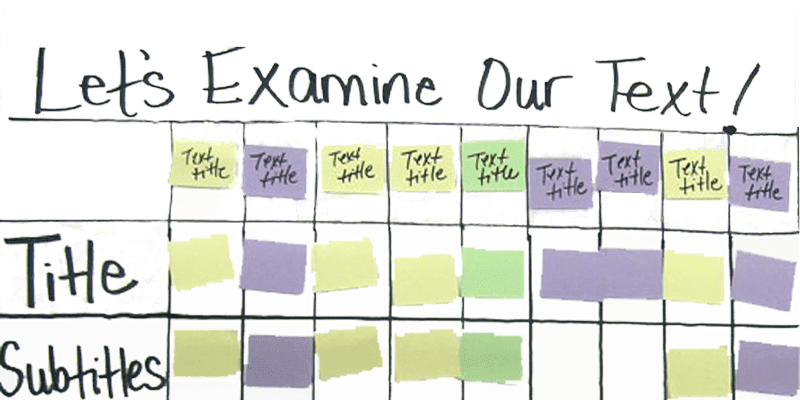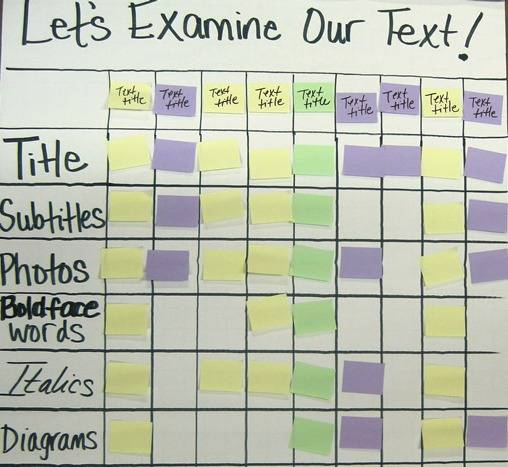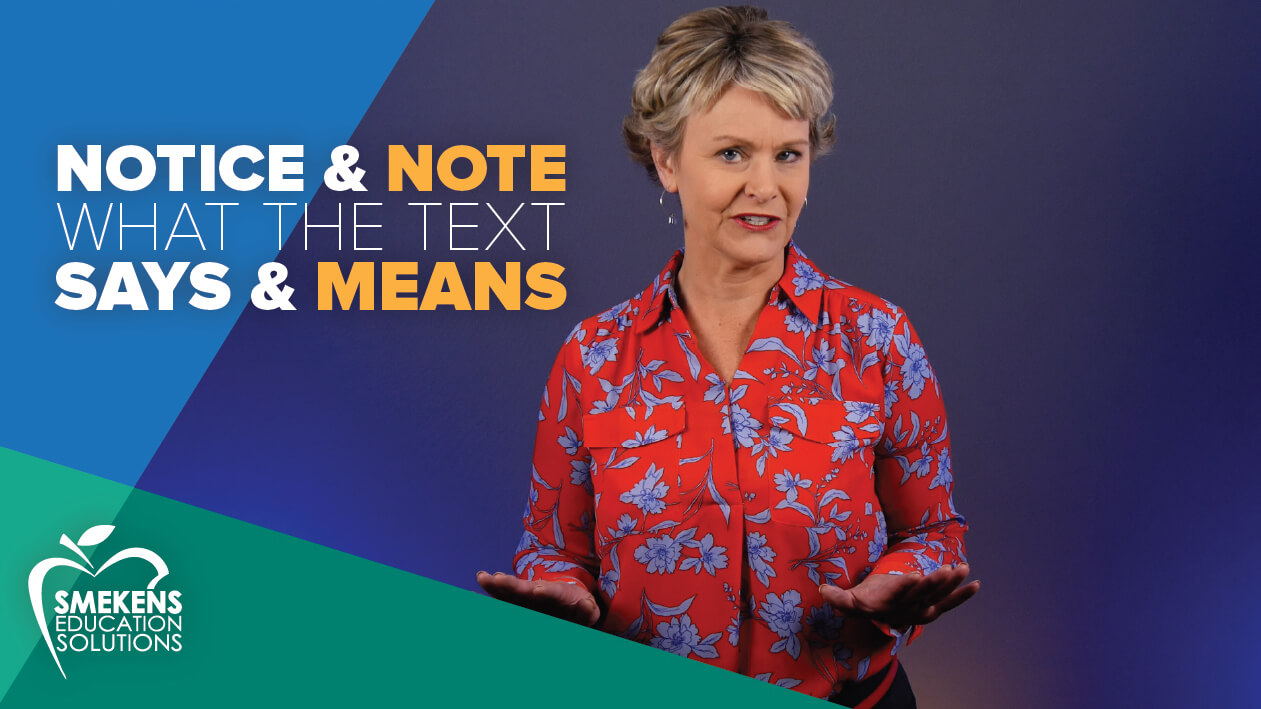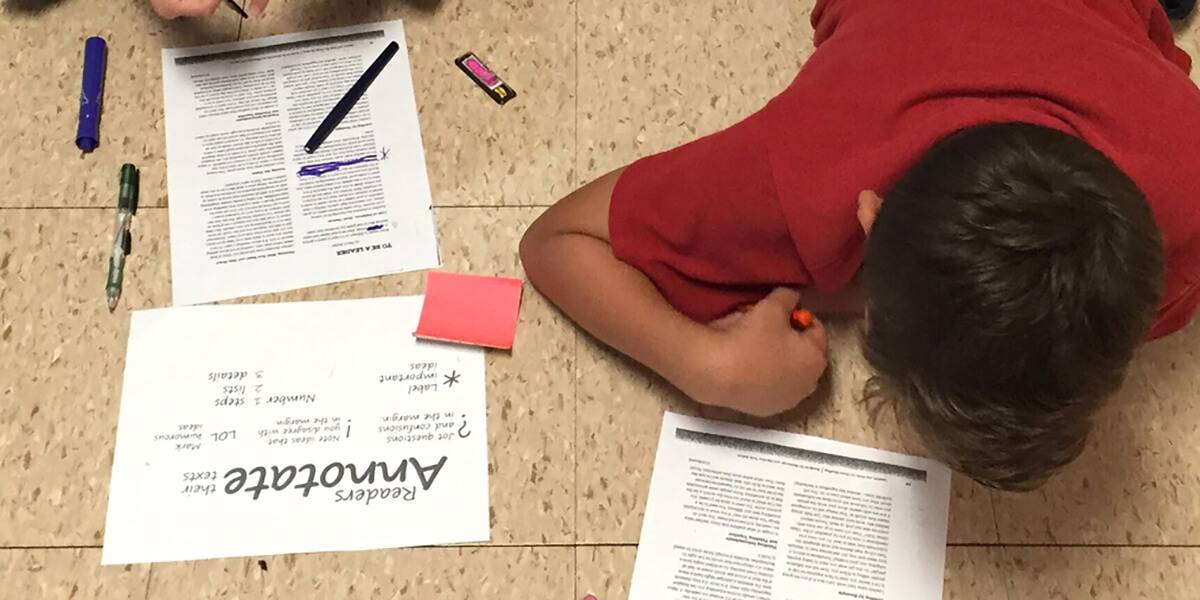Learning Center
Introduce text features & conduct a Scavenger Hunt
october 25, 2010

Nonfiction text features offer clues to the reader that aid in comprehension. However, there are many students that ignore these elements and think of them simply as decoration, rather than information. Be intentional about teaching text features, rather than assuming students learned them in a previous grade.
Point out multiple entry points
Unlike fiction or narrative text (which is meant to be read from left to right, from beginning to end), nonfiction textbooks have multiple entry points. The reader can begin reading anywhere on the page. Reveal several nonfiction pages and ask students what aspect (what text feature) their eyes look at first. Everyone notices something different. Maybe it was a title or a photo or a graphic. Maybe a graph or something in color was the most eye-catching. There is no one right answer. Nonfiction has multiple places for the reader to “enter” or begin reading the text.
Identify & define types of text features
Plan to identify and define the most relevant text features found in your reading text. Discuss not only what these text features look like physically, but also where they are often found and the purpose or function they serve for the reader. For example, it’s one thing to know what a subhead is, but it’s essential students know the purpose of a subhead. Be intentional about teaching these text components.
NOTE: Those of you with Smart Board and/or document cameras can reveal nonfiction text easily to your students. Just display it on your screen and start the discussion.
If your content-area instruction includes a nonfiction textbook, this is the perfect opportunity to conduct a quick text-feature treasure hunt. Students need to know how to enter the text and access information quickly. A simple activity like this provides them with a chance to “get to know” their reading text.
Try this Scavenger Hunt activity
Beyond just teaching the text features, turn this lesson into a scavenger hunt. That’s just what Wawasee Middle School (Syracuse, IN) teacher Andrea Komorowski did with her sixth graders. She partnered students and provided each pair with a different informational article or passage from a content-area textbook. (You could also utilize magazine articles, nonfiction picture books, pamphlets, brochures, or any nonfiction selection.)
The pairs were asked to read their texts and study the text features used. Students marked off the text features their individual passages demonstrated within the Let’s Examine Our Text recording sheet. Andrea also enlarged a copy of the chart so partners could report out their findings and she could catalog them for the whole class to see. (See photo of chart. The title of each selection is written at the top of each column and the text features used were marked with sticky notes. This made it easy to reuse the same chart for other class periods.)
PRIMARY TEACHERS: Consider conducting this as a whole-class activity, rather than a partner one.
Wrap it up
Spend some time discussing that no one article had all the text feature options, although some passages did have more than others. Remember to point out the purposes and functions of the text features and how they better serve the reader.
Wrap up this activity by discussing how knowing how to read a nonfiction text will help students be better nonfiction readers.





